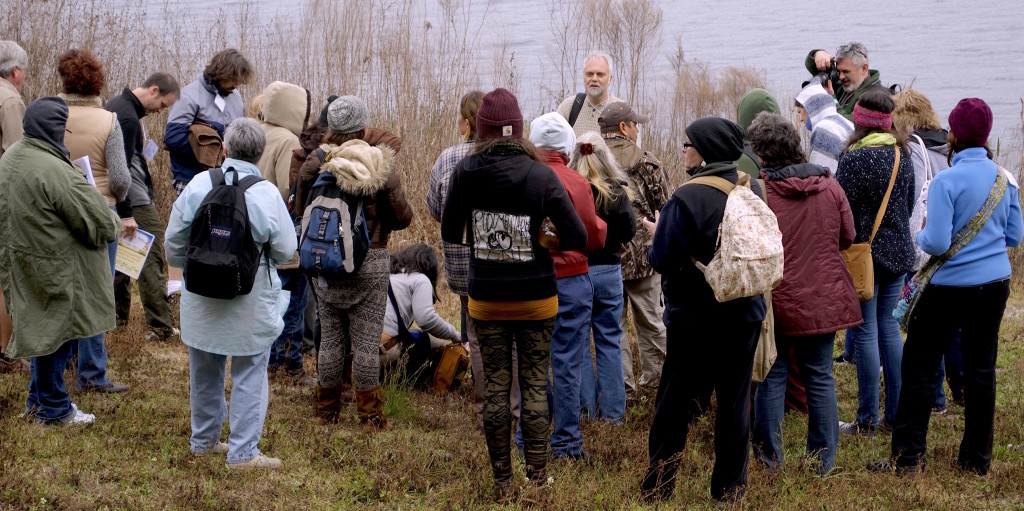
Andy Firk, of Bamboon Grove, Arcadia, FL., leads an afternoon plant walk at the 2015 Florida Herbal Conference. Photo by Green Deane
Amongst Turpentine Pines the 2015 annual Florida Herbal Conference made educational history. Well over 500 students — a sold out attendance with a waiting list — studied a wide variety of topics from some two dozen teachers. The weather cooperated reasonably being neither too cold nor too wet. Last year it was chilly, more on that in a moment. Every year the conference had grown in attendance and variety and this year was no exceptions with dozens of topics for the herbalism student to choose from. As in previous years I led three early-morning plant walks. Some seasonal difference were interesting.
Last year at the same location the Western Tansy Mustard was sparse. The conference was a few days earlier and it was a little colder then. This year the Western Tansy Mustard was in profusion. Last year there was plenty of Pellitory, this year it was limited. I don’t recall many Smilax tips last year but this year they were easy to find. Also last year the tart Heartleaf Sorrel was few and far, this year many were at the peak of harvesting. Rain had brought out many mushrooms. There was also well-developed stinging nettles nearby — the best I’ve seen locally — and late-season henbit was a hit. It goes to show a few days, a few degrees either way, and a bit of rain can make a big difference in plant appearance and numbers.
We also learned that next year one of the world’s leading experts in mushrooms, if not the leading expert in that particular field, will be the guest speaker, Paul Stamets. That will firmly put the Florida Herbal Conference on the attendance map of conferences not to miss, not only in the south and United States but the world. The conference will sell-out quickly. It would be difficult to find anyone more involved than Stamets in exploring the use of fungi from medicine to food to industry, definitely cutting edge. The point is put the conference on your calendar for next year, plan to attend, and sign up as soon as possible. I enjoy the conferences because even though I am teaching there I always learn several somethings interesting and useful.
About the Turpentine Pines…. At the camp ground there are many pines that were tapped for pitch to make turpentine. Most of this was done before WWII. It’s not unusual in Florida to find an old-style turpentine pine now and then but there are many at the camp. Usually Slash Pine, Pinus elliotti, you can identify pines used for turpentine by a long vertical breach in the bark starting near ground level. That’s where buckets were fixed to collect pine pitch. The tree tries to heal the wound with pitch thus on most of the trees you can also see dead wood. This is one reason why that method of collecting pitch was discontinued for less invasive techniques… is this a good time to mention that during the Depression and Prohibition pine pitch was used to flavor gin because customary botanicals were either too expensive or unavailable? Go to the conference next year and see the Turpentine Pines in person.
Anyone who has owned a mulberry tree knows they have a heavy fruiting season. The soft mast can be hard to keep up with for a week or two but you end up with pounds of delicious fruit. If that mulberry happens to overhang a driveway or sidewalk that passageway will be temporarily purple from that fallen fruit, depending on the species. Seasonal rains usually take care of such stains. Mulberries were welcomed in the southwest United States particularly right after WWII because they are well-adapted to the arid environment and expanding cities needed landscaping. But the fruit stain did not wash off well in dry areas. What to do? Don’t worry: Government came to the rescue. Local governments banned low-pollinating fruiting mulberries in favor of non-fruiting ones such as the varieties used to feed silk worms. Those, however, are heavily pollinators, far more so than the fruiting varieties. The result of that was a dramatic increase in allergens in the southwest. What to do? Don’t worry: Government came to the rescue again:
They banned all mulberries outright, fruiting and pollinating. The solution to the non-problem — left over mulberries — lead to the problem of allergies leading to bans of all trees in many cities such as El Paso, Phoenix, Las Vegas, Tucson, Las Cruces and Alburquerque. It’s difficult to think a government finds banning food a solution. That’s a complex and expensive non-solution to a pseudo-problem that could have been solved by simpler means …. eating the weeds, or in this case the fruit. This is also an excellent example why government should be as small and powerless as possible. What next? Ban peanuts? Don’t laugh because there’s more to the story.
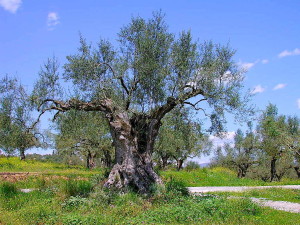
An olive tree reported to be over 1,000 years old, between Sparta and Gythio Greece. Photo by Green Deane
In the southwest three species get the brunt of the blame for allergies, Mulberries, Olives and Bermuda Grass. The latter is impossible to get rid of. Mulberries live a few decades so their numbers can decrease. Olive trees can live 500 years or more. But it is rare for someone with allergies to be allergic to only three things. The menu that makes people sniffle is usually much larger. And there is a genetic component in that allergies can run in the family. For sixty years doctors have been telling patients with allergies to move to the southwest because prior to WWII it was not a high allergen area. But now some of the cities mentioned above have allergy counts higher than eastern cities and here’s the kicker: People with allergies have been having children with allergies. The southwest is the region of the United States in which the percentage of the population with allergies is growing … and if they all vote government could come to the rescue a third time making things like peanuts illegal. The afflicted could create a political action committee. ACHOO would be a good name… hmmm… the Allergy Coalition Heading Ordinance Objectives.
Foraging classes: Please note the class at Wickham Park needs to be changed. Saturday March 7th, Wekiva State Park, 1800 Wekiwa Circle, Apopka, Florida 32712. 9 a.m. Sunday, March 8th, John Chestnut State Park: 2200 East Lake Road, Palm Harbor, FL 34685, 9 a.m. Saturday, March 21st TBA Because of an event at Wickham Park this class will either have to be move or rescheduled.TBA. Sunday, March 22nd, Dreher Park, 1200 Southern Blvd., West Palm Beach, 33405. 9 a.m. Sunday, April 5th, Bayshore Live Oak Park, 23000 Bayshore Rd., Port Charlotte, FL 33980, 9 a.m. Also note on April 4th I will be teaching at an annual event at Bamboo Grove in Arcadia Florida.
Depending on where you live foraging can be slow this time of year. But the off-season can also be a time to study up on various plants and share experiences. On the Green Deane Forum we chat about foraging all year long. And it’s not just about warm-weather plants or just North American flora. Many nations share common weeds so there’s a lot to talk about. Recent topics include Armadillos and Leprosy, My Relatives, Tofu Intake and Cognition, Sprouting Palm Seeds, Snowfall In Florida, Plant Sources for Camphor, How California Got to Where It Is, Fire Roll, Earth A New Wild Water, Lightroom 5, Yellowhorn (Xanthoceras sorbifolium) and What Do You See #17.
Florida natives used the ending -sasse or -sassa a lot. It means a place or a location. Thonotosassa, a city northeast of Tampa, means a place to find good flint. Homosassa, a town and spring north of Tampa, can mean two things: River of Fishes, or, Pepper Ridge. Springs are not known for their fishes — at least near them — because of the low oxygen content of the water so we’ll go with Pepper Ridge. Wild Peppers, or Bird Peppers, are naive to much of North America and then southward into Central American and beyond. Usually trending towards spicy they are a delightful find as you rummage about the forest and field. Where I first noticed them was years ago at Turtle Mound, which is an ancient garbage heap a few miles south of Daytona Beach. When the path splits near the top look ahead and down you should see a lot of Bird Peppers (in season which is a few months from now though dried ones are available now.) Turtle Mound, about 80 feet high, also manages to keep a year-round crop of papaya growing on it. They also don’t seem to be bothered much by insects there either.
What Do You See? Last week the major species in WDYS #17 was Poor Man’s Peppergrass, Spanish Needles and the cactus against the fence, Nopales. You can revisit the picture on the Green Deane Forum on the board What Do You See. All three can be eaten cooked and raw. In this week’s picture, What Do You See #18 there are seven edible species, four are easy to find. The answer is on the Green Deane Forum and will be published here next week.

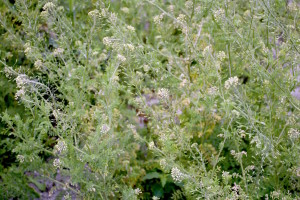
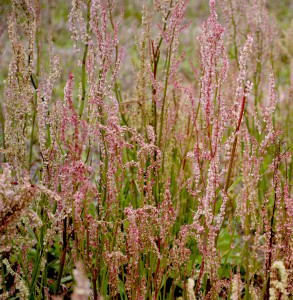
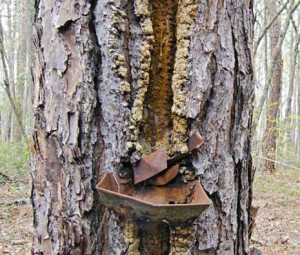
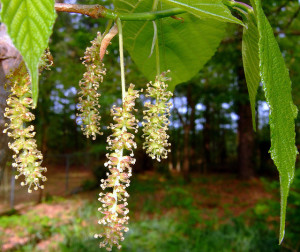
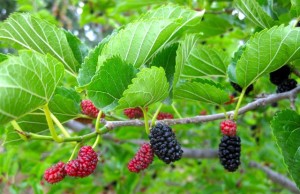


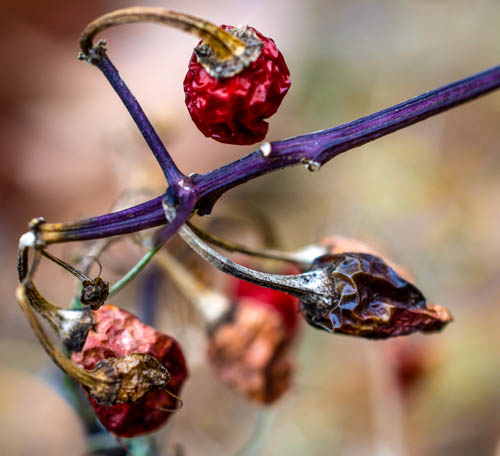
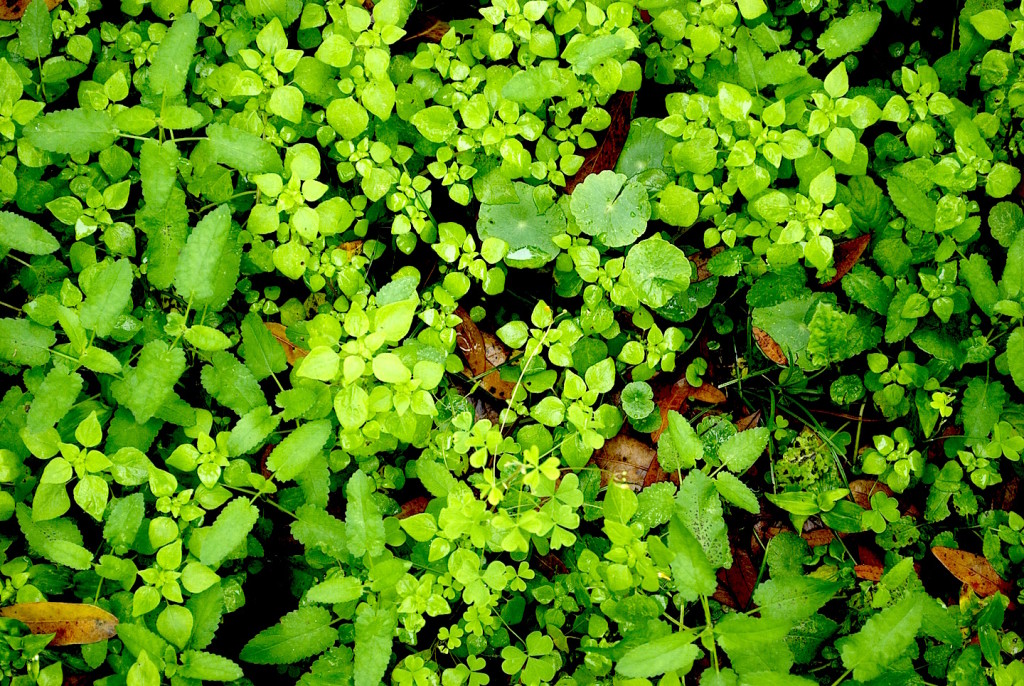

I see the Pellitory you mentioned in the article, some tasty oxalis, and Bacopa monnieri, or Centella monnieri, depending which stage of naming one’s operating from; side note, I had my mother mail me some to Seattle where I currently live and they’re doing nicely in pots, indoors, not sure what the lanceolate leaved plants is, …. bet it’s an edible…..
You’ve got one right.
I see oxalis and dollar weed, the other two in the picture I’m not yet familiar with.
There are seven edibles in the photo.
I see Mallow, clover, chickweed? Or cress not sure, lambs quarters.
You’ve got one right.
I see betony, dollar weed, socialist, purslane? I can’t for the life of me see anything else. The Betony is a hit pickled.
Socialist?
Cucumber weed, dollar weed, and clovers
Good job but those are NOT clovers. I know the internet calls them that but the are Oxalis. Clover leaves are distributed like a T, or a goatee and each leaf has a short stem. Oxalis leaves are arrange equally around a central point and do not have any stems.
Oxalis, florida betony, dayflower, wild onion, dollarweed, hawkweed, chickweed
You’ve got six of the seven right, best so far. No wild onion though. You’ve got to think smaller to find the last one.
You are nearly correct on native american word meanings. I am Seminole, and though a lot of the names around Florida are understood in modern language, others are from a pre-history time. Names like Suwannee is thought to mean either river of reeds or singing river but the name comes from an earlier time and no one can be sure of its lost dialect. The ending -hatchee is generally associated with a river such as Loxahachee (Turtlr River), Calloosahachee (River where the Caloosa Indians camped), Stienhachee (Black Water), etc.
Thonatasassa (a flynt bearing place. Where Churt and Agotized Coral was found to make blades and arrowheads. There is no real flynt in Florida, but all hard stone was called just one name; flynt), and Hommasassa (Pepper growing place) are correct but sometimes names have different endings that you would think would be similar to -sassa,
Such as , Apopka (Potato, or yam, eating place), Okahumpka (Gourd growing place, and Tsala Apopka (Trout eating place. Apopka in this name has nothing to do with potatoes. Also, Native Americans and early setlters called Bass, Trout) These words can be confusing at times. If anyone has a further interest in discovering meanings of geographical names in Florida, go on Seminole Tribe of Florida website and use keyword language. Seminole people speak the Miscobe Creek dialect. Have fun learning these names. You may want to look up Econolockahatchi , just for fun. Also some words have more than one meaning such as Bithlo (Dugout Canoe, but also place where canoes are built). Later on Bithlo became bastardized to mean any boat, not drag strip. Have fun and keep on bringing us all the wonderful information. I learn so much from your newsletters. Thanks.
Thanks. I’ve always heard that Homosassa means “pepper growing place.” The “River of Fishes” was a new one and I thought a bit doubtful.
Another thing about Bithlo… is I think it was once an incorporated city but defaulted on a bond issue in 1929 and thus went out of existence as a municipality. More so it cannot become a city again because it would have to pay of the bond which by now would be astronomical.
Looks like everything’s been found but the Pony Foot.
I do agree with your sharp observation on the effect of the mentioned conditions on time of appearance and numbers of plants. Don’t you think , considering some already existing plants will be affected in “appearance” as well?
Regarding allergy, I can remember one of my University of Khartoum colleagues ( now a retiring high municipality administrator but involved in helping allergic people ) who moved – as advised by the university doctor from his hostel at the bank of the Blue Nile river to another hostel away from the Nile but in same Khartoum city. He was suffering greatly from allergy caused by pollen from plants on the Nile bank at this same time of the year.
“ACHOO” is a good suggestion for those afflicted. Believe me it suddenly came to my mind the word I’m much familiar with : Achoo which means in the dialect of people of Iraq and Arabian Gulf countries “Available” and sometimes “Yes”. If you prefix it with “M” , it becomes Machoo “Unavailable” or “No”. So let us activate the creator of the political action committee “ACHOO” by saying: Achoo, go ahead.
harvesting Pakistani and American Mulberries like crazy. Think I will try Mulberry Jam this year. Mulberry Pies were a big hit last year. Had a 36 hr power outage and lost EVERYTHING in my fridge including 4 gallons of Mulberries in the freezer- this is after making 3 pies and getting Mulberried-out!